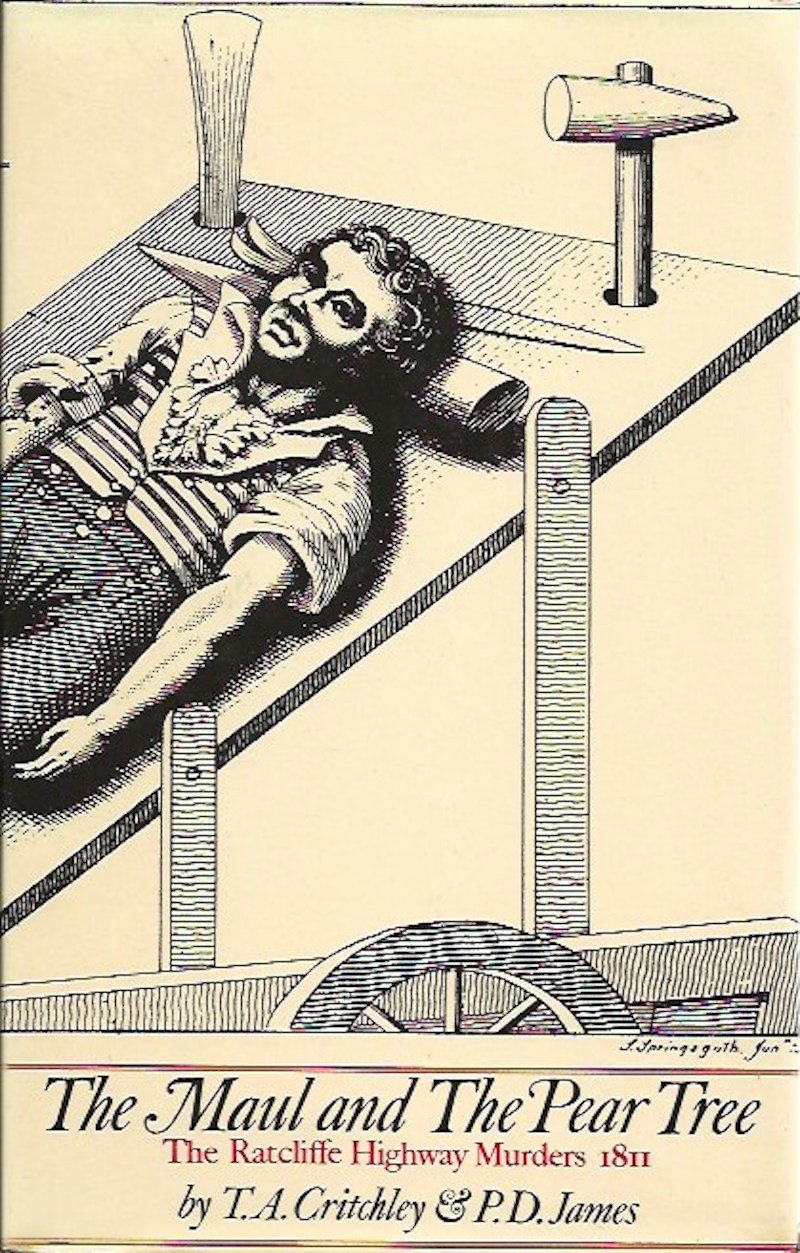What do you think?
Rate this book


P.D. James, collaborating with a former colleageue, police historian T.A Critchely, re-creates this infamous crime. Containing all the complex characters and outstanding detective work we've come to associate with James's novels - as well as a London so real we are immersed in its rich textures and menacing shadows - The Maul and the Pear Tree is an irresistible tale of suspense. As James and Critcheley scour old records for clues overlooked by the city police force, they prove the wrong man was arrested. Then they name the killer who went free.
234 pages, Hardcover
First published January 1, 1971
All other murders look pale by the deep crimson of his."
Of all the processions which London has known in its long and often dark history there can be few as bizarre and macabre as this parade on New Year's Eve, 1811, of a corpse dead four days, through the drab streets of riverside Wapping...Apparently, the Ratcliffe Highway Murders are part of London's folklore. In this intriguing book the historian T.A. Critchley, and the crime writer P.D. James researched the contemporary documents and tried to piece together the unsolved mystery.
The investigation ended, not because the case was solved, but because someone willed that it should end.Incompetent magistrates were eager to find a scapegoat, to calm the mob. These murders happened before London's famous Metropolitan Police was established and it is interesting to learn about the strong arguments against such a force that were raised in parliament at the time.